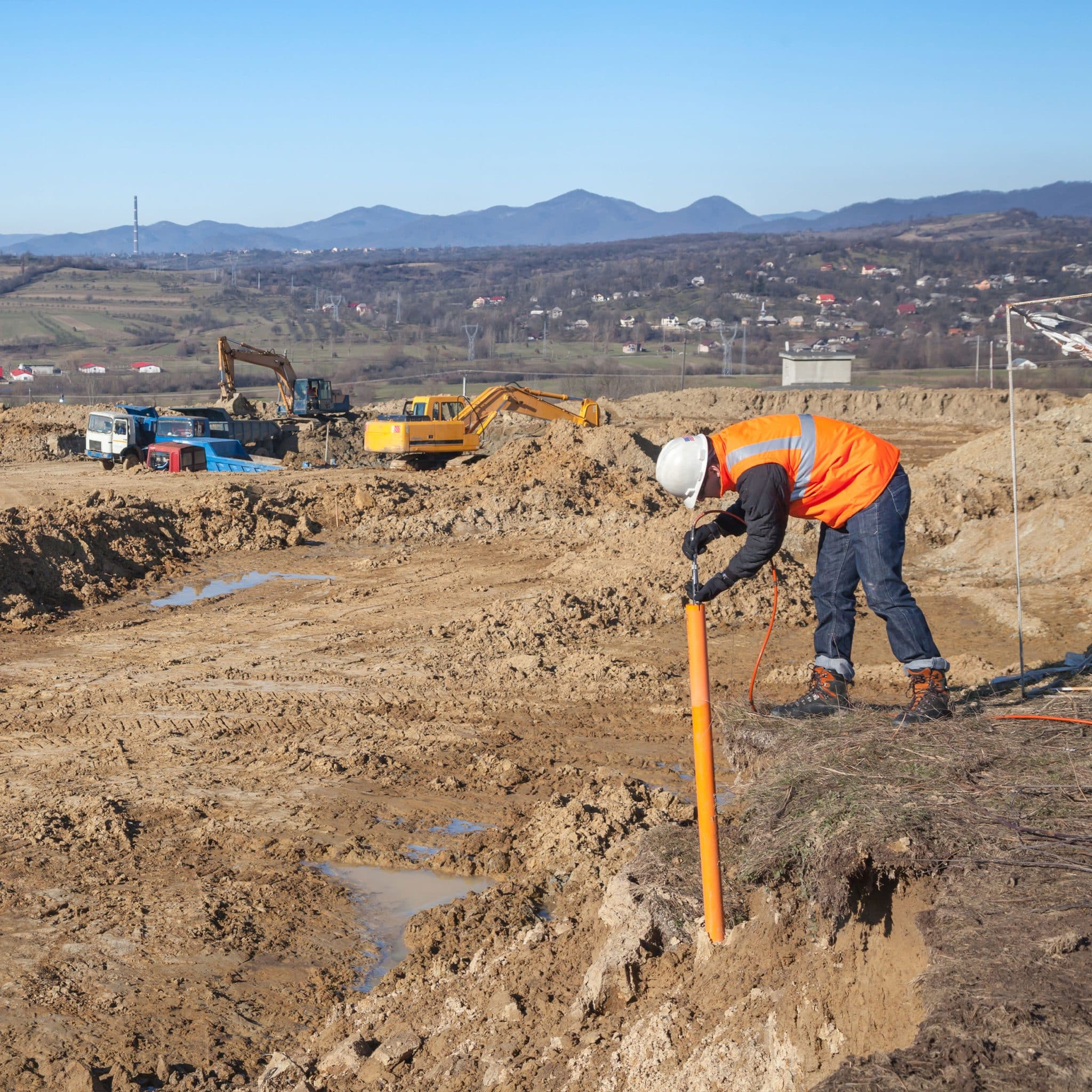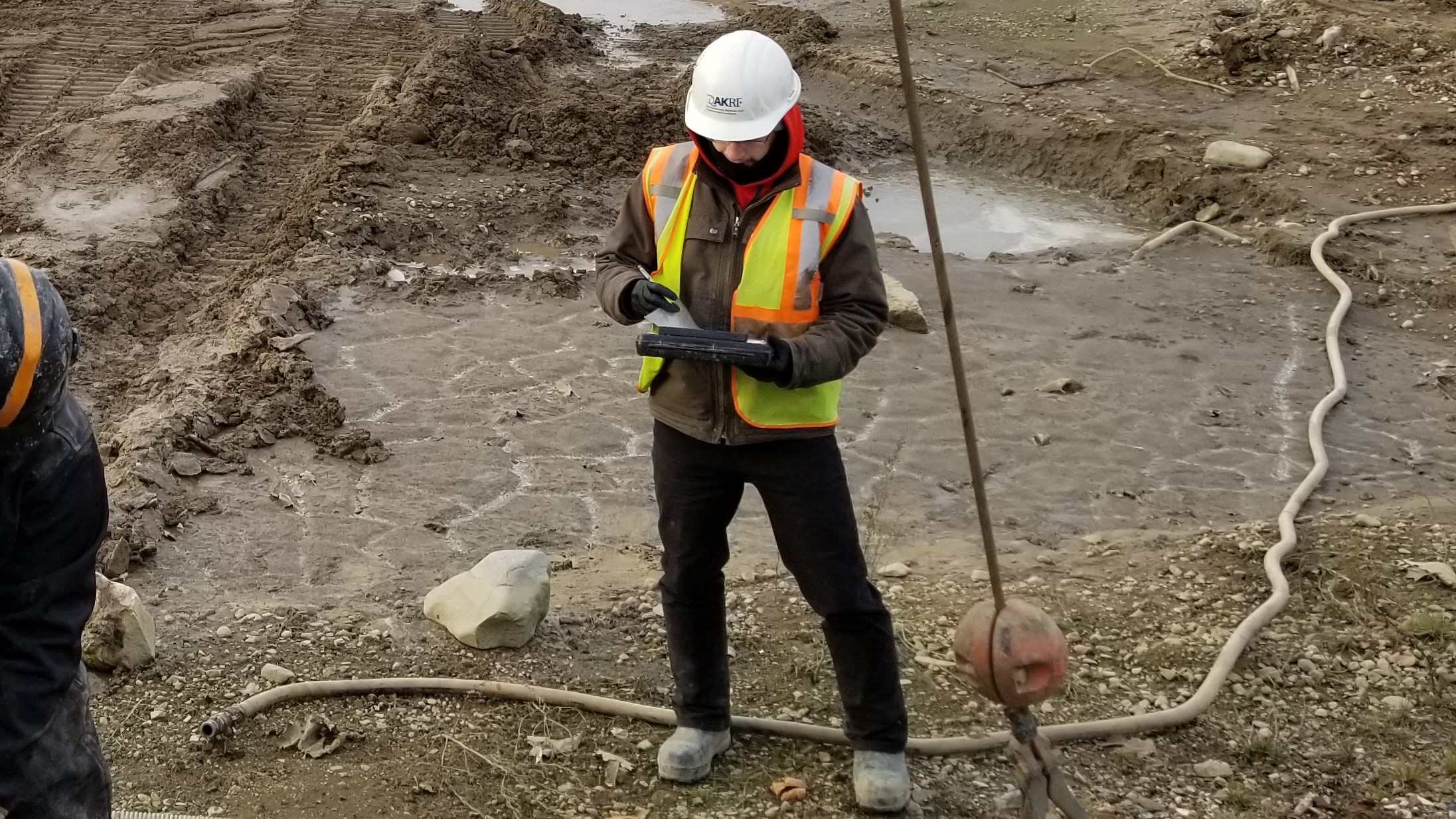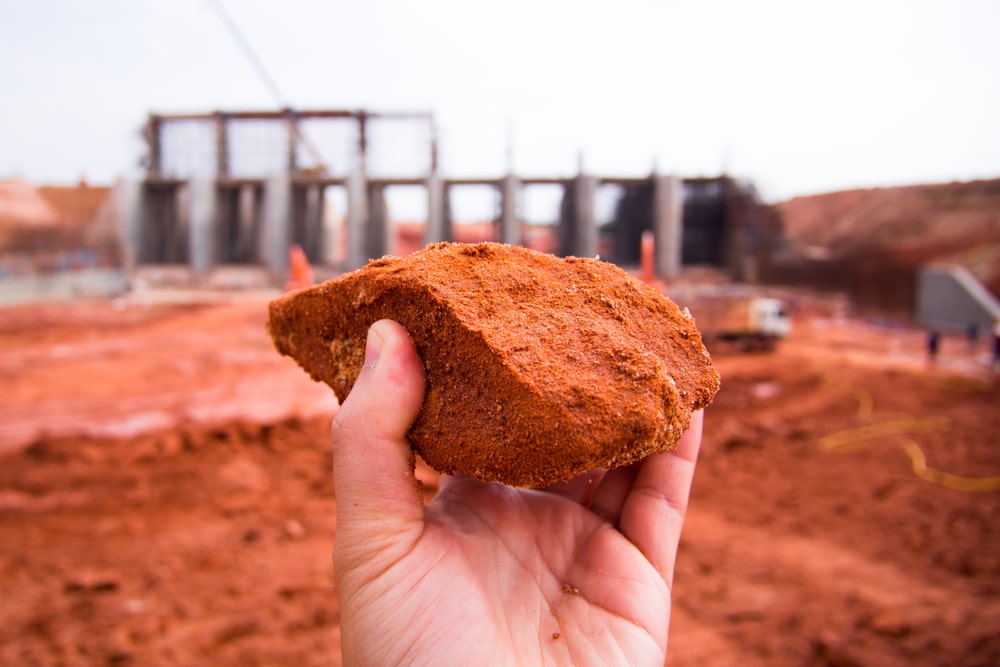The Role of a Consulting Engineer in Ensuring Safe and Efficient Building Practices
Wiki Article
The Interdisciplinary Approaches in the Geotechnical Industry: Bridging the Space In Between Design, Geology, and Environmental Science for Optimal Task Results
The combination of design, geology, and ecological science within the geotechnical sector is not simply helpful; it is essential for achieving ideal project end results. This interdisciplinary partnership fosters a thorough understanding of complicated site problems, enabling for innovative remedies to emerge. By taking a look at essential duties and successful study, we can discover the vibrant interplay that drives task success. Difficulties continue to be in efficiently handling these multidisciplinary initiatives, raising concerns regarding possible advancements and future patterns. What methods might emerge to promote this vital collaboration and enhance the effectiveness of geotechnical practices?Significance of Interdisciplinary Partnership
The value of interdisciplinary partnership in the geotechnical market can not be overemphasized. Efficient geotechnical jobs call for the assimilation of varied proficiency from different fields, including engineering, geology, and environmental science. This partnership makes sure that all facets of a task are considered, resulting in extensive options that attend to intricate difficulties.When functioning in isolation,Interdisciplinary collaboration cultivates advancement by allowing experts to share insights and techniques that may not be obvious. By leveraging the toughness of numerous self-controls, groups can determine possible risks, maximize layout procedures, and boost the sustainability of geotechnical tasks. Moreover, such cooperation promotes an all natural understanding of site-specific conditions, which is crucial for exact assessment and decision-making.
The complexity of geotechnical tasks necessitates a collaborated strategy to analytical. When designers, rock hounds, and environmental scientists function with each other, they can produce a natural method that aligns technological requirements with environmental factors to consider and governing compliance. This synergy not only enhances job end results yet also adds to the long-lasting strength of framework. Ultimately, interdisciplinary partnership is necessary for progressing best practices and accomplishing excellence in the geotechnical market.
Trick Roles of Each Technique
Partnership amongst numerous techniques is not simply valuable; it is essential for the effective implementation of geotechnical jobs. Each self-control-- design, geology, and ecological scientific research-- plays an unique yet interconnected function that adds to project efficacy and sustainability.Geotechnical designers are mostly in charge of developing foundations and ensuring architectural stability. They examine soil and rock buildings to examine load-bearing abilities, offering essential information for risk-free construction practices. Their competence allows the formulation of cutting-edge remedies to complex challenges.

Ecological scientists assess the possible effects of building on ecosystems and water sources. They perform environmental analyses and establish mitigation techniques to lessen damaging effects. By integrating ecological factors to consider, they make sure compliance with regulations and advertise sustainability throughout the job lifecycle.
Case Researches of Successful Assimilation
Successful assimilation of geotechnical self-controls can be exhibited with various situation studies that highlight the efficiency of teamwork in attending to complex design challenges. One remarkable example is the building and construction of the Hong Kong-- Zhuhai-- Macau Bridge, where a collective strategy involving geotechnical design, geology, and environmental scientific research was crucial. Geologists and designers worked in unison to examine the seabed conditions and enhance the structure style, ensuring stability and reducing environmental influence.Another impactful instance is the enhancement of incline stability in the San Francisco Bay Location, where an interdisciplinary team incorporated geotechnical analysis with ecological assessments. By incorporating geological surveys and hydrological research studies, the team successfully recognized potential landslide risks and carried out reliable reduction steps, boosting safety and sustainability.
Moreover, the redevelopment of Brownfield websites often requires a multidisciplinary method. In one instance in Chicago, collaboration among geotechnical designers, environmental scientists, and urban coordinators caused the effective remediation of infected soil, permitting for the risk-free makeover of the site into a community park. These study illustrate that interdisciplinary partnership not only addresses technical difficulties however likewise promotes innovative services that benefit both projects and communities.
Challenges in Multidisciplinary Projects

Additionally, collaborating schedules and operations among various groups can be bothersome, especially when each discipline has unique job milestones and deliverables. This misalignment can cause delays and increased expenses. The challenge of source appropriation likewise impends big; guaranteeing that specialized know-how is available at essential points calls for careful planning and insight.
Lastly, governing compliance presents another substantial challenge. Each technique might deal with various governing frameworks, and straightening these requirements to fulfill task goals can be complex and lengthy. Attending to these obstacles necessitates solid leadership and effective interaction approaches to foster partnership and make certain that multidisciplinary groups work cohesively towards shared goals.
Future Trends in Geotechnical Practices
As the geotechnical market advances, emerging trends are improving practices to deal with the difficulties encountered in multidisciplinary tasks - tailings engineer. One significant pattern is the raised assimilation of advanced technologies, such as expert system and equipment learning, into geotechnical analysis and style. These technologies enhance predictive modeling and risk assessment, enabling engineers to make more informed decisions throughout the task lifecycle
Additionally, the adoption of electronic geo tech engineer doubles and real-time tracking systems is ending up being extra prevalent. These devices facilitate continuous assessment of soil conditions and structural performance, enabling timely interventions when issues arise.
Conclusion
In conclusion, the integration of design, geology, and ecological scientific research is important for achieving optimum outcomes in the geotechnical sector. Effective situation studies highlight the benefits of this strategy, while recognizing the obstacles dealt with in multidisciplinary projects.The combination of engineering, geology, and ecological scientific research within the geotechnical industry is not just helpful; it is necessary for accomplishing optimum task results. Effective geotechnical jobs call for the combination of varied knowledge from various fields, consisting of engineering, geology, and ecological science.Browsing the complexities of multidisciplinary jobs in the geotechnical industry presents a number of considerable obstacles.As the geotechnical market progresses, arising fads are reshaping techniques to address the challenges faced in multidisciplinary jobs. Geotechnical engineers are significantly collaborating with ecological researchers to make sure that projects straighten with sustainability objectives and conform with regulative requirements.
Report this wiki page